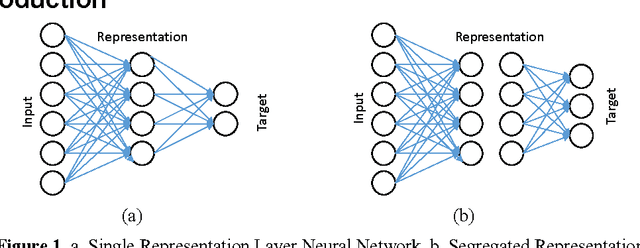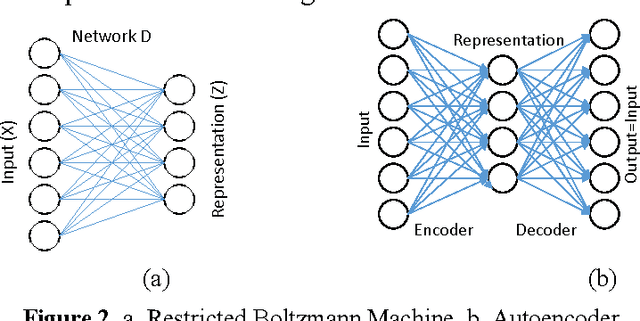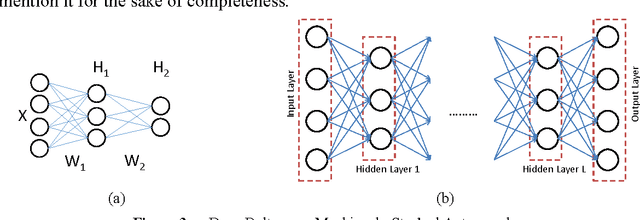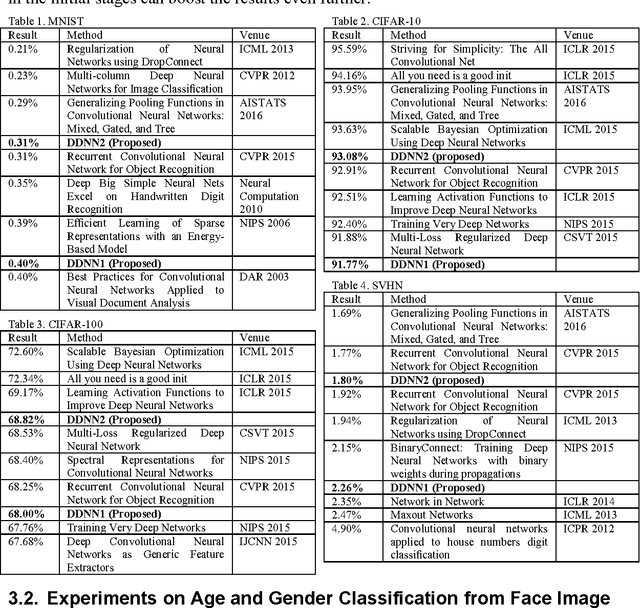How to Train Your Deep Neural Network with Dictionary Learning
Paper and Code
Dec 22, 2016



Currently there are two predominant ways to train deep neural networks. The first one uses restricted Boltzmann machine (RBM) and the second one autoencoders. RBMs are stacked in layers to form deep belief network (DBN); the final representation layer is attached to the target to complete the deep neural network. Autoencoders are nested one inside the other to form stacked autoencoders; once the stcaked autoencoder is learnt the decoder portion is detached and the target attached to the deepest layer of the encoder to form the deep neural network. This work proposes a new approach to train deep neural networks using dictionary learning as the basic building block; the idea is to use the features from the shallower layer as inputs for training the next deeper layer. One can use any type of dictionary learning (unsupervised, supervised, discriminative etc.) as basic units till the pre-final layer. In the final layer one needs to use the label consistent dictionary learning formulation for classification. We compare our proposed framework with existing state-of-the-art deep learning techniques on benchmark problems; we are always within the top 10 results. In actual problems of age and gender classification, we are better than the best known techniques.
 Add to Chrome
Add to Chrome Add to Firefox
Add to Firefox Add to Edge
Add to Edge